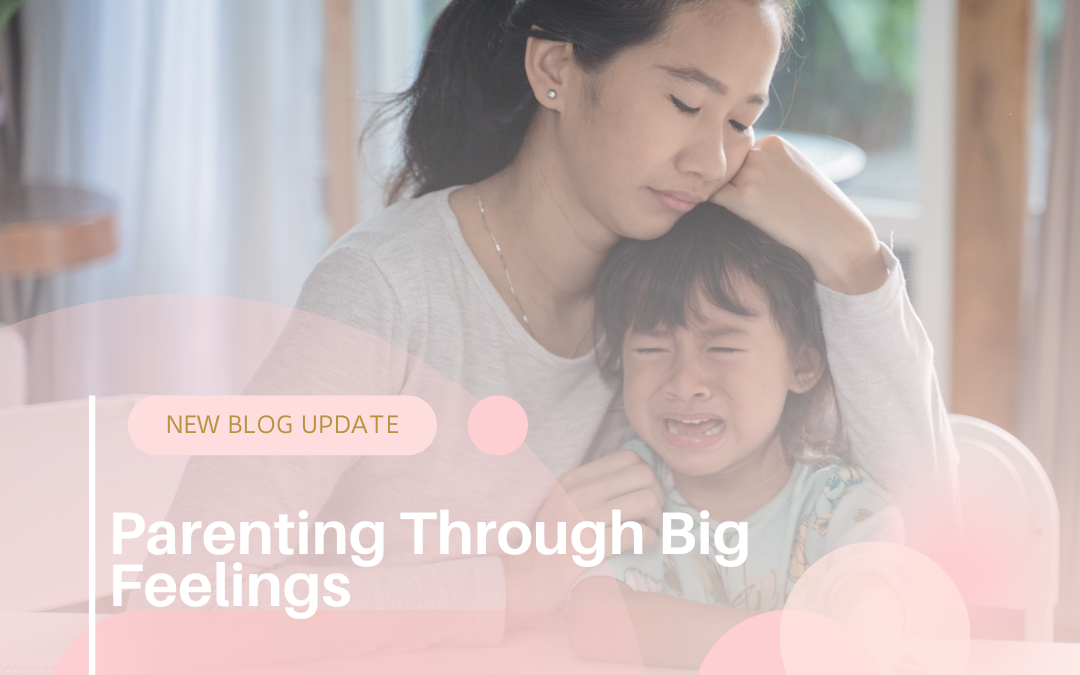Today’s children face a complex world—full of fast-paced schedules, academic pressure, and constant stimulation. It’s no wonder that more and more parents are seeing signs of anxiety and stress in their kids. When big feelings erupt, it can leave caregivers feeling helpless or overwhelmed themselves.
The good news? Parents don’t need to have all the answers—they just need the tools to help their children name, understand, and cope with those feelings in healthy ways. This blog post explores how to recognize emotional distress, respond with empathy, and build emotional resilience together.
Understanding Anxiety in Children
Anxiety isn’t just an adult issue. Children of all ages—from toddlers to teens—can experience significant stress and worry. However, because they’re still developing emotional and verbal skills, they may express it differently than adults.
Common Signs of Anxiety in Kids:
-
Trouble sleeping or frequent nightmares
-
Irritability or meltdowns over minor issues
-
Avoidance of school, social activities, or certain situations
-
Stomachaches or headaches with no clear medical cause
-
Perfectionism or excessive worry about making mistakes
Responding to Big Feelings with Empathy
When a child is overwhelmed by emotion, the goal isn’t to fix it immediately—it’s to connect. Emotional validation is the first and most important step to helping a child move through anxiety.
What To Say Instead of “Calm down”:
-
“I see you’re feeling really nervous right now. That’s okay.”
-
“It’s normal to feel this way sometimes. I’m here with you.”
-
“Let’s take a few deep breaths together.”
By creating emotional safety, you teach your child that big feelings are not dangerous—and that they can be managed.
Tools to Help Children Cope with Stress
Here are a few techniques that parents can teach and practice with their children:
1. Name the Feeling
Use age-appropriate language to help your child label emotions: “It sounds like you’re feeling anxious because of the test tomorrow.”
2. Deep Breathing and Grounding
Simple breathwork or grounding games (like 5-4-3-2-1 sensory check-ins) can reduce the intensity of anxiety in the moment.
3. Create a Calm Corner
A quiet, cozy space with sensory items, books, or calming visuals can help children regulate themselves without feeling punished.
4. Routine and Predictability
Consistent routines help children feel safe and reduce uncertainty, which is a common anxiety trigger.
5. Problem-Solving Together
Once calm, guide your child through what happened and brainstorm what they can do next time. This builds resilience and self-trust.
When to Seek Professional Support
Occasional stress is a part of growing up, but chronic or escalating anxiety may require extra support. Consider reaching out to a mental health professional if:
-
Your child’s anxiety interferes with daily functioning (school, sleep, relationships).
-
You notice signs of panic attacks or obsessive behaviors.
-
They verbalize hopelessness or withdrawal from previously enjoyed activities.
Therapy—especially child-centered approaches like CBT, play therapy, or mindfulness-based interventions—can be life-changing.
You Don’t Have to Parent Alone
Parenting through big emotions can feel exhausting—but you’re not alone. By showing up, listening, and practicing empathy, you’re already giving your child the foundation they need to thrive emotionally.
At Central Valley Family Therapy, we specialize in supporting children and families through emotional challenges. Whether you’re navigating anxiety, behavioral issues, or just looking for support, our compassionate clinicians are here to help.
✨ Let’s raise emotionally healthy children—together.


Recent Comments